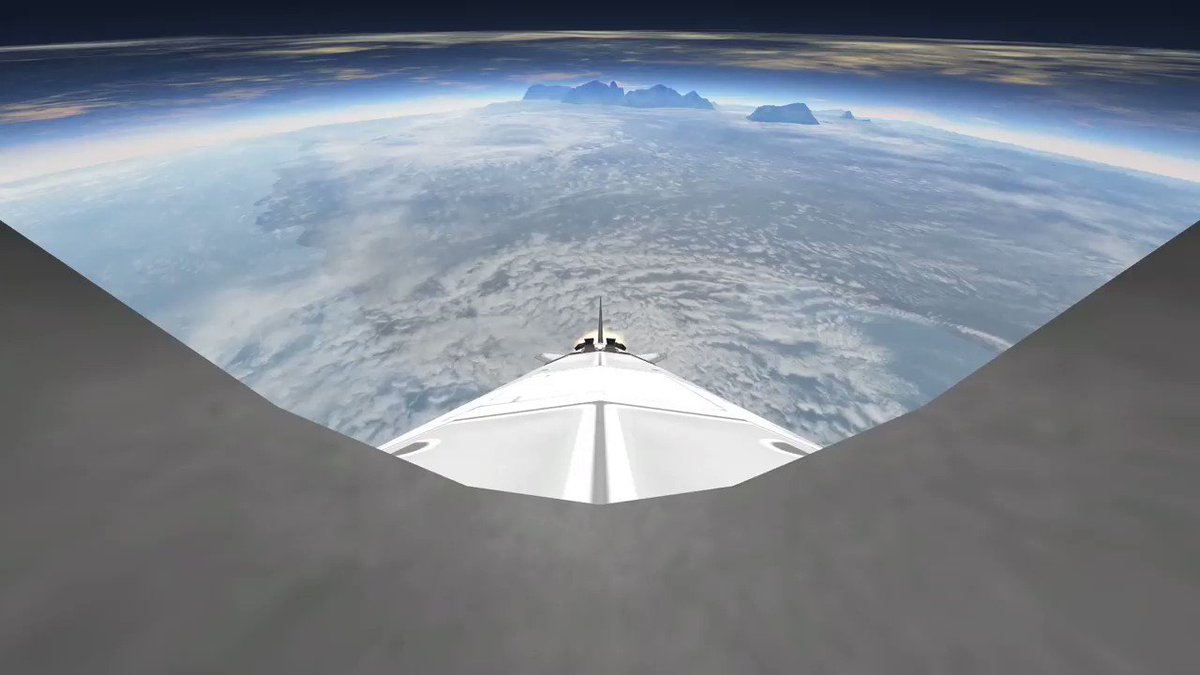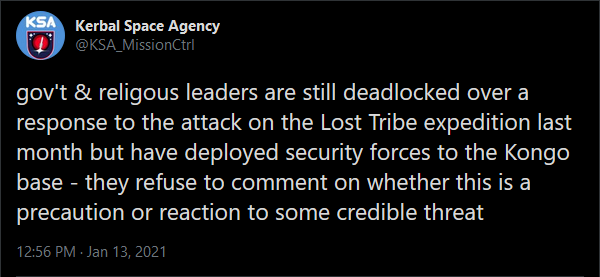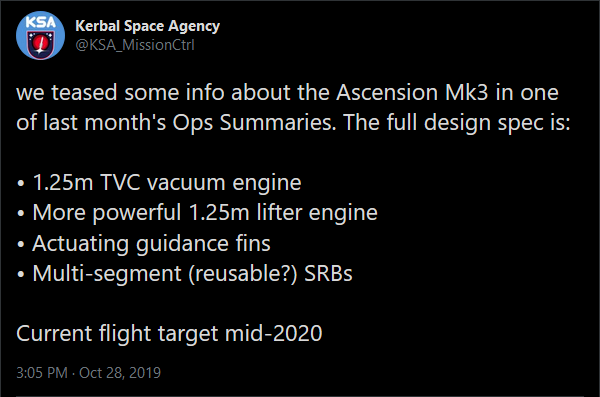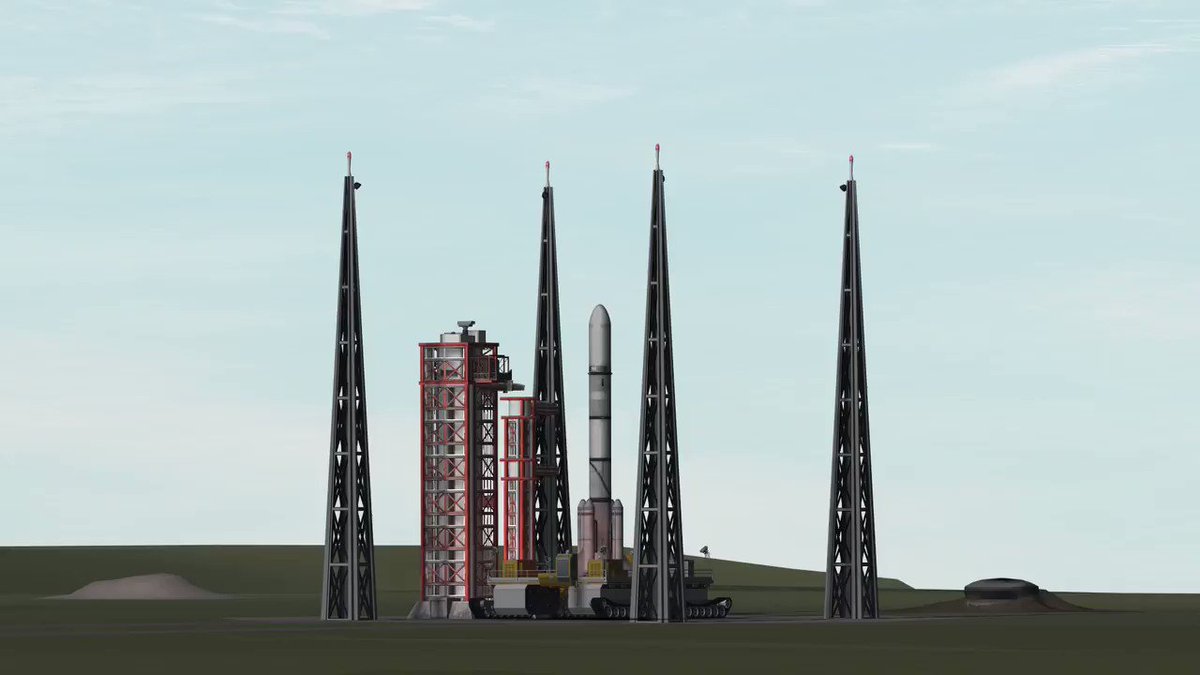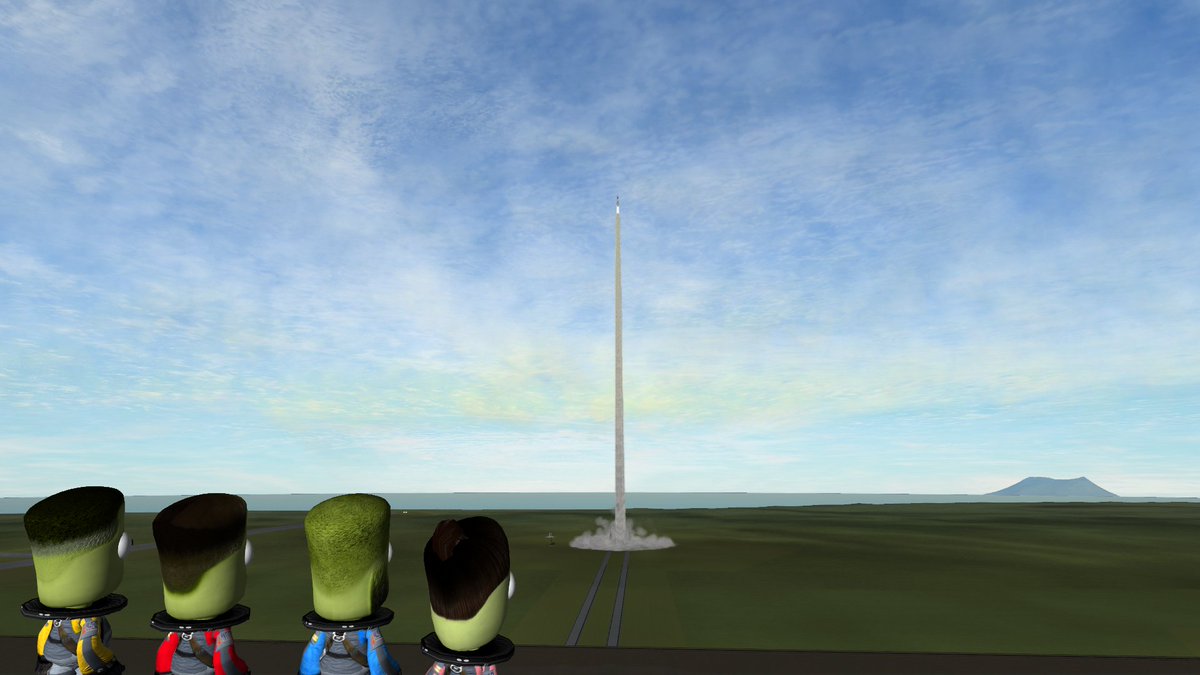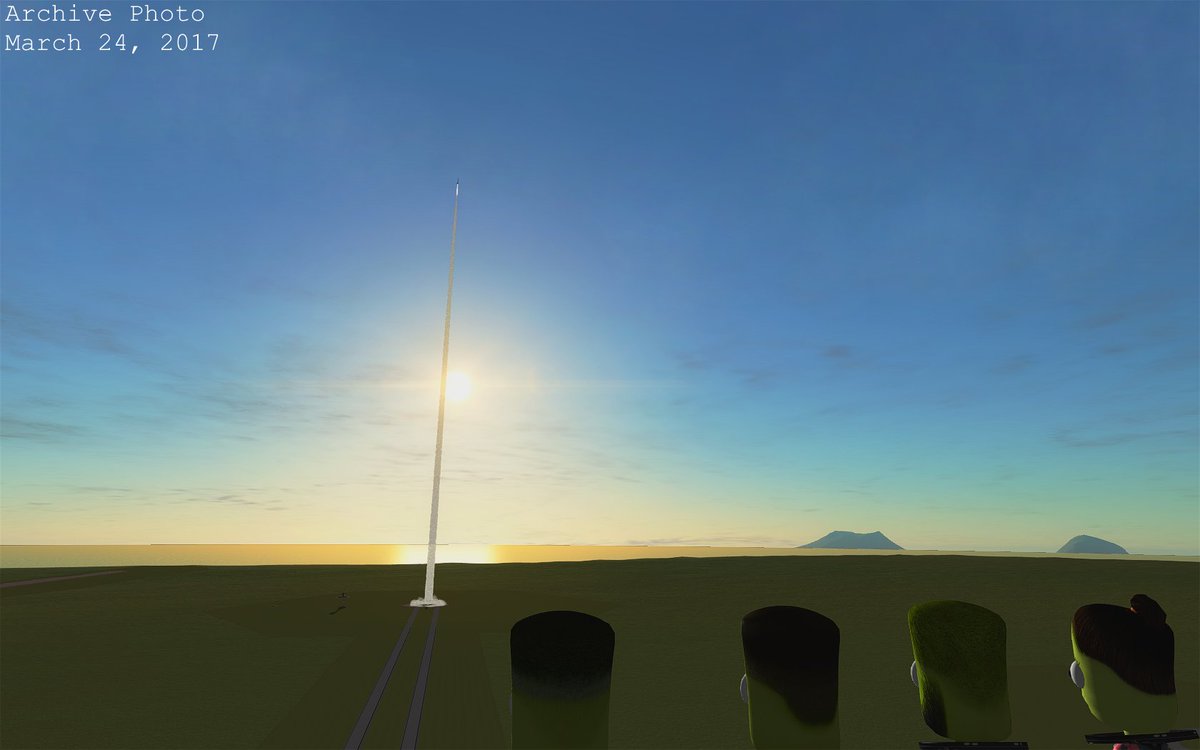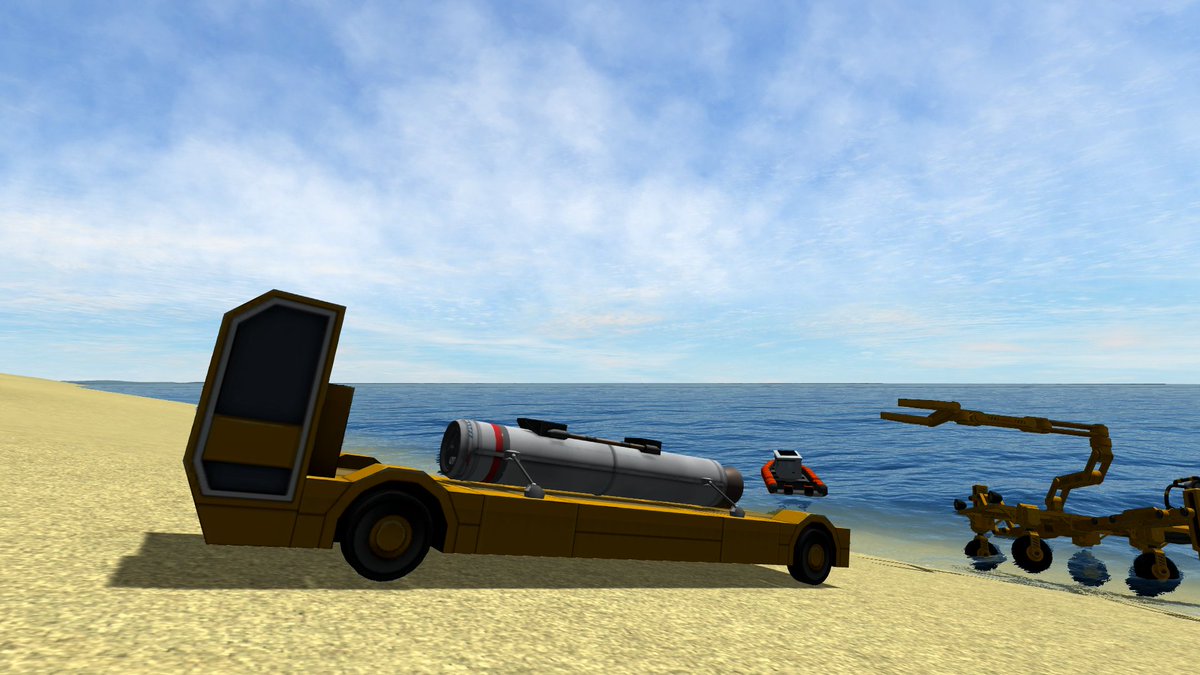|
Tag Archive: ATN
Feb 12 2021
Operations Summary – Weeks of 2/1 & 2/8/21
Dec 11 2017
Widespread Asteroid Impacts Revealed in Seismic Study
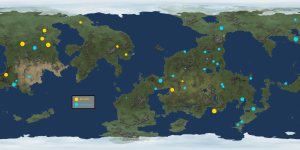
Circle size equals magnitude of force on impact, which does not always directly equate to the size of the asteroid
Over the past year and change, with funding from the Asteroid Tracking Network, field researchers have been quietly building a network of seismic devices spread across the planet in order to monitor for ground strikes from asteroids. Close to 100 stations dot the landmasses around the globe and just last month the final round of data collection was made from all of them. The results show that, as expected, our current sky monitoring ability is lacking. Previous estimates have put the discovery rate at around 40% and this study reveals that’s just about right, with 59% of the impacts occurring without prior knowledge of their arrival. While these results don’t account for water impacts and coverage is weak near the poles, scientists agree the ratio is a solid indication of our overall detection ability.
The data also reveals what appears to be a bit of a clustering between logitudes115-175 to the west and 5-120 to the east, however these areas also represent the largest portions of contiguous landmass so it is not surprising that a lot of strikes would land here. Overall the distribution is fairly even across latitude and longitude.
To help increase our sky coverage three new ATN observatories North, South and Central will be coming online over the next few years, you can see their locations and read more about their specifications in our Deep Space Network report. The next step to be taken in this study is a closer examination of the magnitude from each strike and how they could affect any of the four underground settlements so that any steps that can be taken are suggested to the government to keep kerbs safe should any asteroids fall closer to home.









